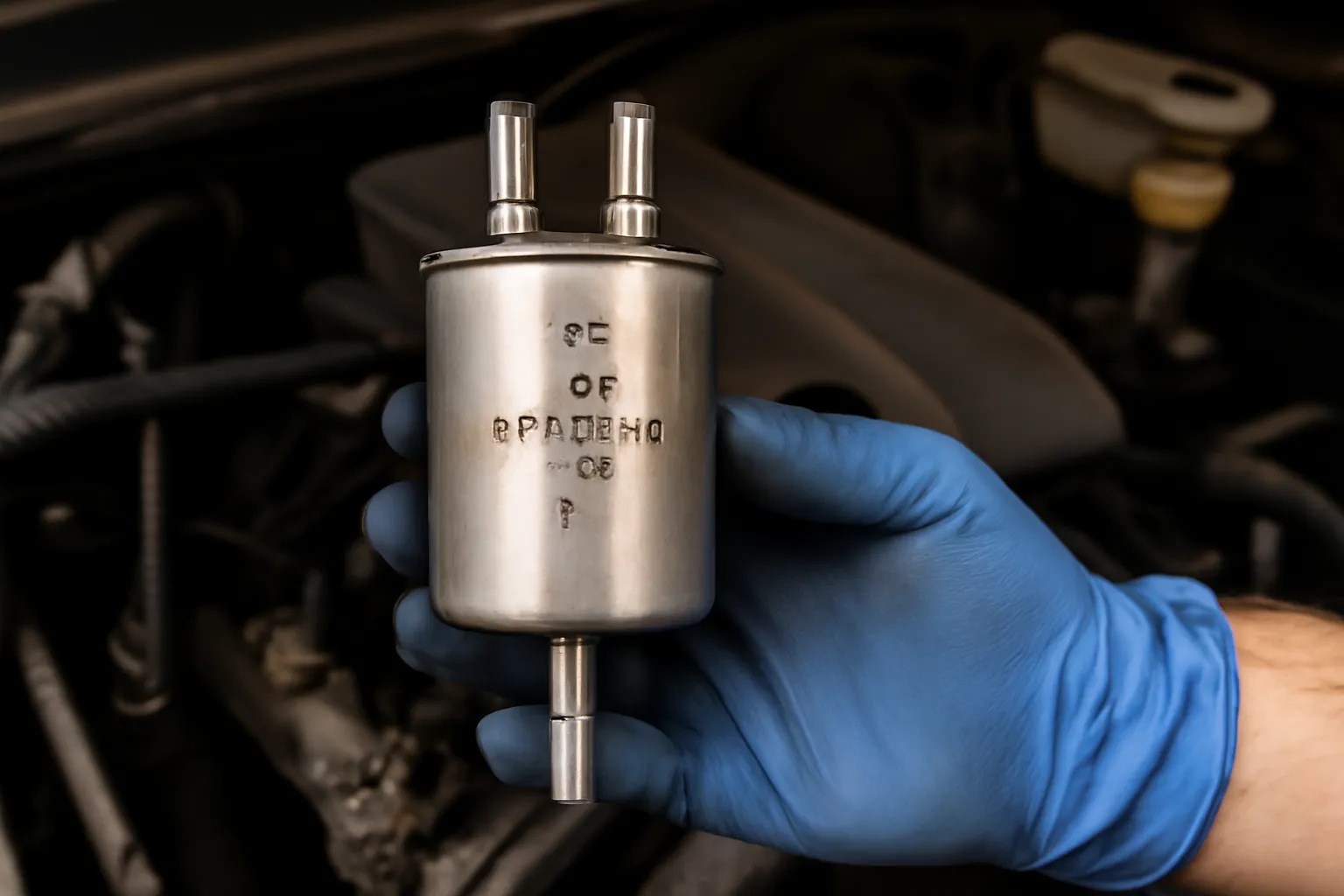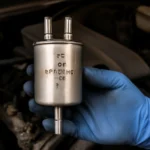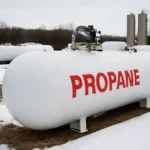Are you looking for detailed information on the SM5 LPG fuel filter, its replacement, and how it compares to the SM5 LPI fuel filter? This guide will walk you through all you need to know to maintain your car’s fuel system effectively.
SM5 LPG Fuel Filter: An Essential Component
The SM5 LPG fuel filter plays a crucial role in ensuring your vehicle operates efficiently when running on liquefied petroleum gas (LPG). As one of the essential components of the LPG system, it helps filter out contaminants that could damage the engine or reduce performance. For drivers who prefer using LPG over conventional gasoline, understanding this part is fundamental to ensuring longevity and optimal engine function.
The fuel filter works by trapping dirt, rust, and other particles from the LPG before it enters the engine. Over time, these contaminants can cause clogging or wear on your vehicle’s components, leading to reduced fuel efficiency and performance. By maintaining a clean and functional fuel filter, drivers can enjoy a smoother ride and more reliable fuel flow, particularly in areas where the fuel quality may be inconsistent.
It’s important to note that the LPG system differs from traditional gasoline-powered vehicles. While the engine may function similarly, the fuel system components, including the LPG fuel filter, must be specially designed to handle the unique properties of LPG. For example, LPG is stored in a liquid state under high pressure, and the filter needs to manage these pressures effectively.
The key signs that your SM5 LPG fuel filter may need attention include decreased engine performance, irregular idling, or difficulty starting the vehicle. These symptoms could indicate clogging or a lack of proper filtration, affecting the smooth operation of the LPG system. Regular maintenance and replacement of the fuel filter are necessary to keep your vehicle running smoothly.
👉 Learn more about SM5 LPG fuel filter maintenance 👈
SM5 LPI Fuel Filter: What You Need to Know
While the SM5 LPG fuel filter serves a vital purpose for vehicles running on LPG, it’s worth noting that SM5 LPI (Liquefied Petroleum Injection) fuel filter is another key component for those using LPG as an alternative fuel. The LPI system injects LPG directly into the combustion chamber in its liquid form, as opposed to vapor injection in standard LPG systems. This allows for better fuel efficiency and power output, particularly in high-performance vehicles.
The LPI fuel filter works similarly to the standard LPG filter but is designed to handle the unique demands of the LPI system. It ensures that the liquid LPG entering the injection system is free from contaminants, which could affect fuel atomization and combustion efficiency. A clean LPI filter is essential for maintaining engine performance, preventing misfires, and ensuring that your vehicle runs smoothly.
LPI fuel systems are becoming more popular for their efficiency, but they also require more specialized maintenance than traditional LPG systems. One of the most important maintenance tasks is replacing the LPI fuel filter, which can become clogged over time due to the nature of liquid injection. Signs of a dirty LPI fuel filter include poor engine performance, stuttering, or a noticeable decrease in fuel efficiency.
Maintaining both the LPG fuel filter and the LPI fuel filter is critical for ensuring your vehicle performs optimally, especially when switching between different fuel types. Regular inspections and replacements will save you from costly repairs and unexpected breakdowns.
👉 Find more about LPI fuel filter care 👈
SM5 Fuel Filter Replacement: How to Do It Yourself
Replacing the SM5 fuel filter, whether for an LPG or LPI system, is a vital part of your vehicle’s routine maintenance. It’s not only a cost-saving measure but also a great way to ensure the long-term reliability of your vehicle. If you’re familiar with basic car maintenance and feel comfortable working on your vehicle, replacing the fuel filter can be a straightforward process.
Steps to Replace the SM5 Fuel Filter:
-
Locate the Fuel Filter In most SM5 models, the fuel filter is located near the engine bay, typically between the fuel tank and the engine. Make sure you have access to the area before starting.
-
Release Pressure Before disconnecting any fuel lines, relieve the fuel system pressure. This step is crucial to prevent any accidental fuel spray during the replacement process.
-
Remove the Old Fuel Filter Use the appropriate tools to detach the filter from the fuel lines. The filter may be secured with clips or bolts, depending on the model. Be careful not to damage the surrounding components while removing the filter.
-
Install the New Fuel Filter Once the old filter is removed, install the new one in the same orientation. Be sure to connect the fuel lines to the proper inlet and outlet ports on the filter. Double-check the alignment to ensure proper fitment.
-
Reconnect and Test After installing the new filter, reconnect the fuel lines, start the vehicle, and check for leaks. Run the engine for a few minutes to ensure the system is functioning correctly.
If you feel uncomfortable performing this task yourself, it’s advisable to seek professional assistance to avoid damaging the system. Remember, timely fuel filter replacement is essential to keep your engine running smoothly.
👉 Click here for a step-by-step guide on fuel filter replacement 👈
Conclusion
Maintaining the SM5 LPG fuel filter and understanding the differences with the LPI fuel filter is essential for ensuring your vehicle runs efficiently. Regular replacement of the fuel filter, whether LPG or LPI, keeps your engine performing at its best and prevents costly repairs down the line. Whether you decide to replace it yourself or seek professional help, knowing the right steps can save you time and hassle.
Remember, a clean fuel filter is a critical component of any LPG or LPI system. Keeping your system in good condition will not only improve performance but also extend the life of your vehicle.






